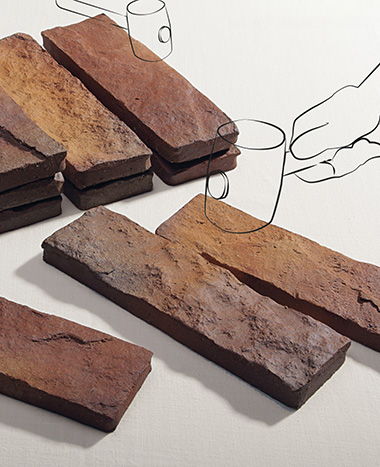
اي - زد بتش مجموعة اصلاح بلاط البورسلين والسيراميك - حشو بلاط تيراكوتا يمكنك تركيبه بنفسك - (احمر - بني، 1 باوند) : Amazon.ae: أدوات وتحسين المنزل

بلاط جونسون من الرخام الأبيض تراكوتا سطح البلاط أسعار جيدة - الصين تيراكوتا روف البلاط السعر، بلاط الرخام الأبيض، جونسون البلاط، البلاط المصقول الكامل، بورسلين البلاط المصقول، البلاط البلاط البلاط البلاط البلاط

بلاط جونسون من الرخام الأبيض تراكوتا سطح البلاط أسعار جيدة - الصين تيراكوتا روف البلاط السعر، بلاط الرخام الأبيض، جونسون البلاط، البلاط المصقول الكامل، بورسلين البلاط المصقول، البلاط البلاط البلاط البلاط البلاط

بلاط جونسون من الرخام الأبيض تراكوتا سطح البلاط أسعار جيدة - الصين تيراكوتا روف البلاط السعر، بلاط الرخام الأبيض، جونسون البلاط، البلاط المصقول الكامل، بورسلين البلاط المصقول، البلاط البلاط البلاط البلاط البلاط البلاط ، بورسلين البلاط ، ماركوبولو البلاط ...

التراكوتا من اجمل انواع بلاط الارضيات https://youtu.be/YqIz7H0zeSU | By مهندس عبدالغني الجند | Facebook




















